Mudras in Japan
Mudras in Japan by Lokesh Chandra and his late wife Sharada Rani is a collection of symbolic hand postures used in the rituals of Japanese Esoteric Buddhism of the Shingon denomination. The mudras have been an integral part of Buddhist iconography as well as of ritual. In Tantric rituals, the recitation of a mantra was accompanied by a mudra, and a ritual action. In the Mahavairocana-sutra, mudras are vital constituents of worship and meditation. Japan has the earliest manuscript of the mudras. The most ancient scroll is from the pen of Subhakarasimha of Nalanda, who lived from 637 to 735. The copy at the Onjoji monastery is dated 855. Another manuscript dated 864 has Mudras of the Susiddhi-tantra. Introduction to the present work details the Buddhist literature on mudras in Sino-Japanese, including compact mudra-manuals. It illustrates the mudras employed in the rites of 18step, rite of the Vajradhatu-mandala, of the Garbhadhatu-mandala, and the mula-mudras of Acala who is the principal deity of the fire-rite of homa Jap. homa (goma). The 18step rite is preliminary, the fire-ceremony of goma is the culmination. With the mudras the officiant fortifies his resolve to attain the virtues of the Buddhas, Bodhisattvas and Devas, goes on to protect his body against malevolent forces, consecrates the ground, invites the Buddhas and Bodhisattvas of infinite worlds to receive his worship. He erects ramparts of vajra around the sanctified space to prevent demoniacal forces from penetrating its precincts. For terrifying away the evil spirits he surrounds the consecrated space with ramparts of flame. Ignorance and darkness are burnt, he enters into a meditation of tranquility, contemplates on Mahavairocana and surges within him Supreme Enlightenment. Mudras pertaining to this rich symbolism of evocation are illustrated and captioned in original Japanese with complete English translations. The first chapter has 61 mudras of preliminary rites; the second pertains to 267 mudras of the Vajradhatu-mandala; the third has 273 mudras of the Garbhadhatu-mandala, followed by 14 mula-mudras of Acala or Fudo; and the fourth chapter is devoted to 347 mudras of various deities. There is a comprehensive index to all the mudras. The mudras contribute to the irresistible power of the worshipper, who transcends his physical consciousness and visualises the pervasive presence of the Divine. The mantras, mudras and ritual actions transport the meditator from the flow of samsara to the ineffable light of Bodhi. The devotee has become on with Buddhas (ekakayo ‘si Buddhanam), reintegrated into innate quintessence. The book is the first comprehensive and illustrated treasury of esoteric mudras in the English language.
BECOME A MEMBER

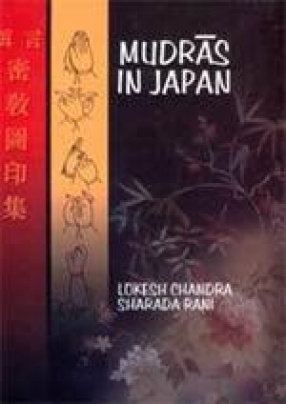
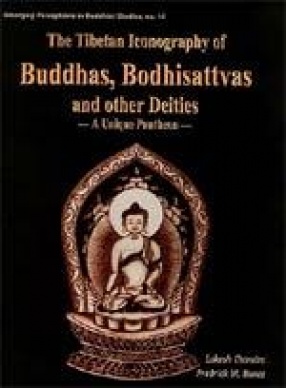
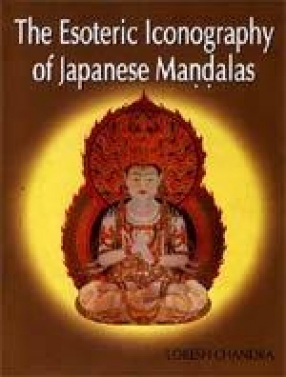

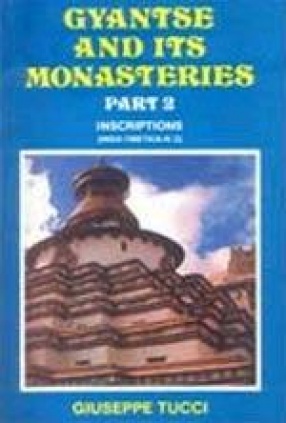
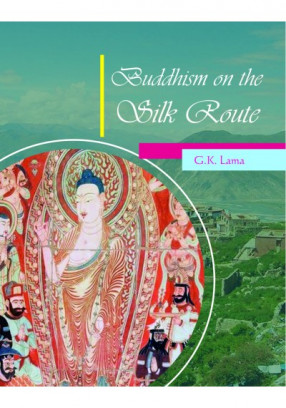
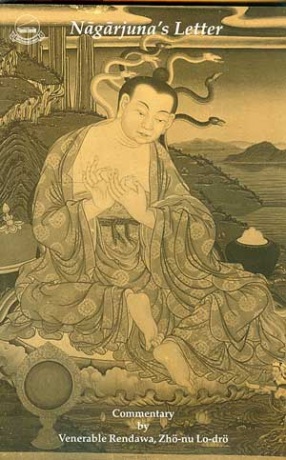
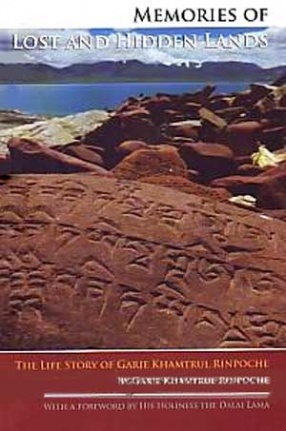
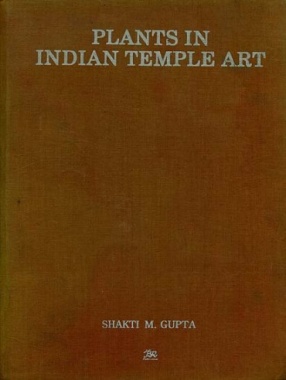

Bibliographic information
Sharada Rani